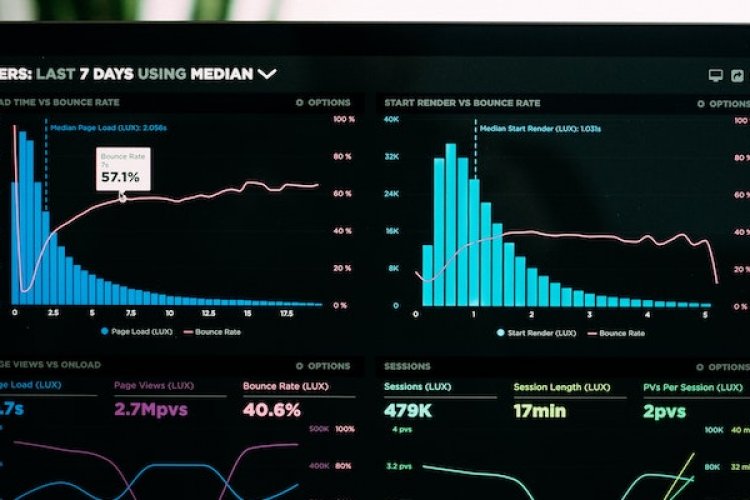Beicology: The Environmental Treasure Trove Lying Within Your Phone
Our semi-regular Beicology column details the capital's environmental news.
A treasure trove lies within your phone and your computer, and it's not just the endless precious photos, files, and digital memories that you've accumulated over the years. More specifically, it's treasure because the value of e-waste from such electronics is poised to double to USD 24 billion (RMB 160 billion) by 2030, according to a new report released by eco-NGO Greenpeace and China Association of Electronics for Technology Development.
“China, the world's largest mobile phone market, is trying to promote recycling of electronic waste, or e-waste, to improve its environment, cut costs, and ease its dependence on foreign resource imports,” a recent Reuters article about Greenpeace’s findings explained. Such efforts have already lead e-waste from computer motherboards and cell phones to be valued at RMB 66.4 billion this year alone, and those materials are projected to reach RMB 81 billion by 2020. Much of that value lies in metals like gold, which, according to fresh industry research, amounts to 270 grams in every tonne of discarded mobile phones (excluding the battery). That means the gold content of this "sleeping mine" is far more than that of an average high-grade gold mine.
If there was ever an incentive to recycle, this would be it
This positive news stands in sharp contrast to a six-year-old United Nations report that said: “China now appears to be the largest e-waste dumping site in the world.” It blamed electronics that weren’t built to last by any means, and the rapid demand for the latest tech toys, leading to an annual 20 percent increase in domestically generated e-waste. As recently as 2015, the United Nations University found that China’s e-waste total had leaped by 6.7 million tonnes within the span of that year alone; a staggering 107 percent increase from five years prior.
The release of such findings prompted the Guardian to point out that independent scrapyards and trash pickers drive much of China’s e-waste recycling by burning and pummeling the valuable elements out of such refuse. That, in turn, exposes them to the toxic materials therein like mercury and lead as well as releasing pollution into the environment. What’s more: the amount of resources needed to build such discarded products in the first place is extremely steep, so much so that Ruediger Kuehr, co-author of the UN University report, said: “We risk future production of these devices and very high costs without recycling the materials.”
To get a better sense of how China tackles its e-waste problem and harnesses the potential of the valuables within, check out the 2016 UN video China: Streamlining Electronic Waste.
READ: Beijing Pollution Progress Deemed Part of a "Long-Term Process"
Photos: Tyrone Siu (Reuters)







